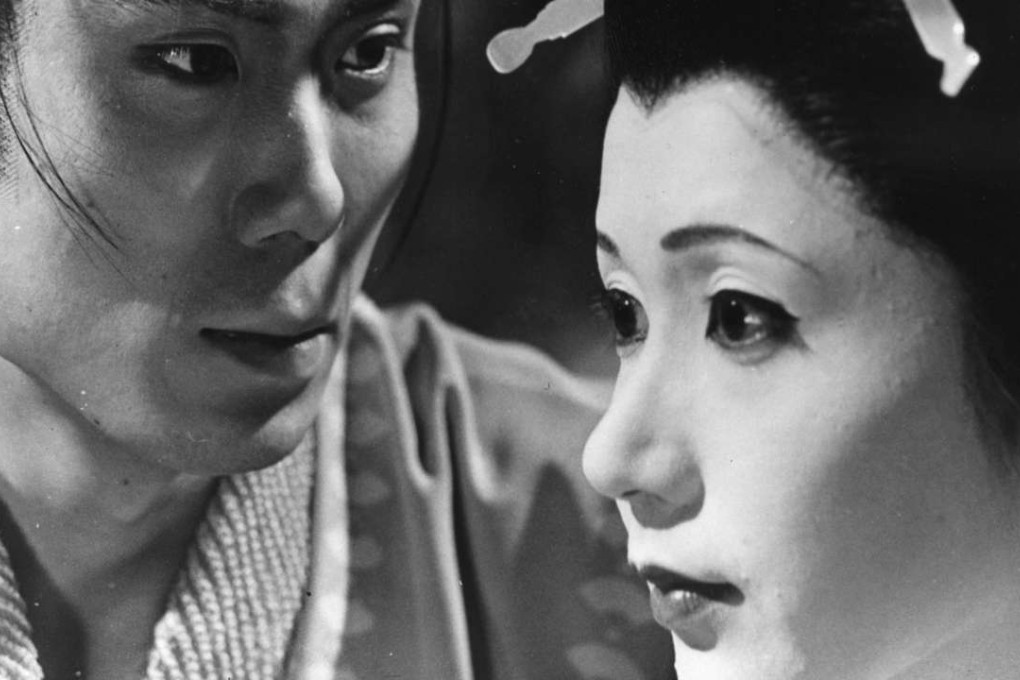Flashback: Double Suicide – eerie precursor to J-horror genre
Masahiro Shinoda’s film is a faithful adaptation of an 18th-century piece of puppet theatre – and also a stark and discomfiting work of nouvelle vague genius

Japanese cinema has strong roots in traditional theatre – many early silent films were little more than recordings of stage plays – but as the industry matured, producers and directors distanced themselves from kabuki and other native performing arts, which they regarded as uncinematic. So Masahiro Shinoda’s Double Suicide (1969), a faithful adaptation of a 1720 bunraku (puppet theatre) play by famed dramatist Monzaemon Chikamatsu, is something of a throwback, but only in its subject matter.
A member of the Japanese nouvelle vague movement of young directors who shook up Japanese films and society in the 1960s, Shinoda was hardly a cinematic reactionary, though he was a devoted student of Japanese theatre.
Instead of a simple recording of a play, Double Suicide is a frontal challenge to the realistic conventions of the era’s Japanese films. Shot in stark black and white, with a score by avant-garde composer Toru Takemitsu that mixes Japanese and Western elements to disturbing effect and Kiyoshi Awazu’s at once traditional and jarringly modernist sets, the film knocked contemporary viewers out of their period-drama comfort zone with every stylised frame.
And yet the film is more than an arty experiment. The story of a young paper merchant, Jihei (Kichiemon Nakamura), who abandons his loyal wife, Osan (Shima Iwashita), to be with the beautiful courtesan Koharu (Iwashita again) ends with disastrous consequences for all three principals and Shinoda directs it as straight tragedy, aimed at the highest balcony. But the acting, with Iwashita in a bravura turn as the wife and courtesan, is naturalistic and even raw, as social masks fall to reveal true turbulent emotions.
At the same time, Shinoda uses various devices to comment on the action from a discreet critical distance. Quick cuts of lattices and grids – features of traditional Japanese architecture – emphasise their austere straight lines and suggest the prison bars of the era’s harsh social strictures. Kuroko – the black-clad stagehands who appear in plain sight in traditional stage productions – serve as witnesses and, as the story moves toward its tragic denouement, active agents in the two lovers’ destruction.